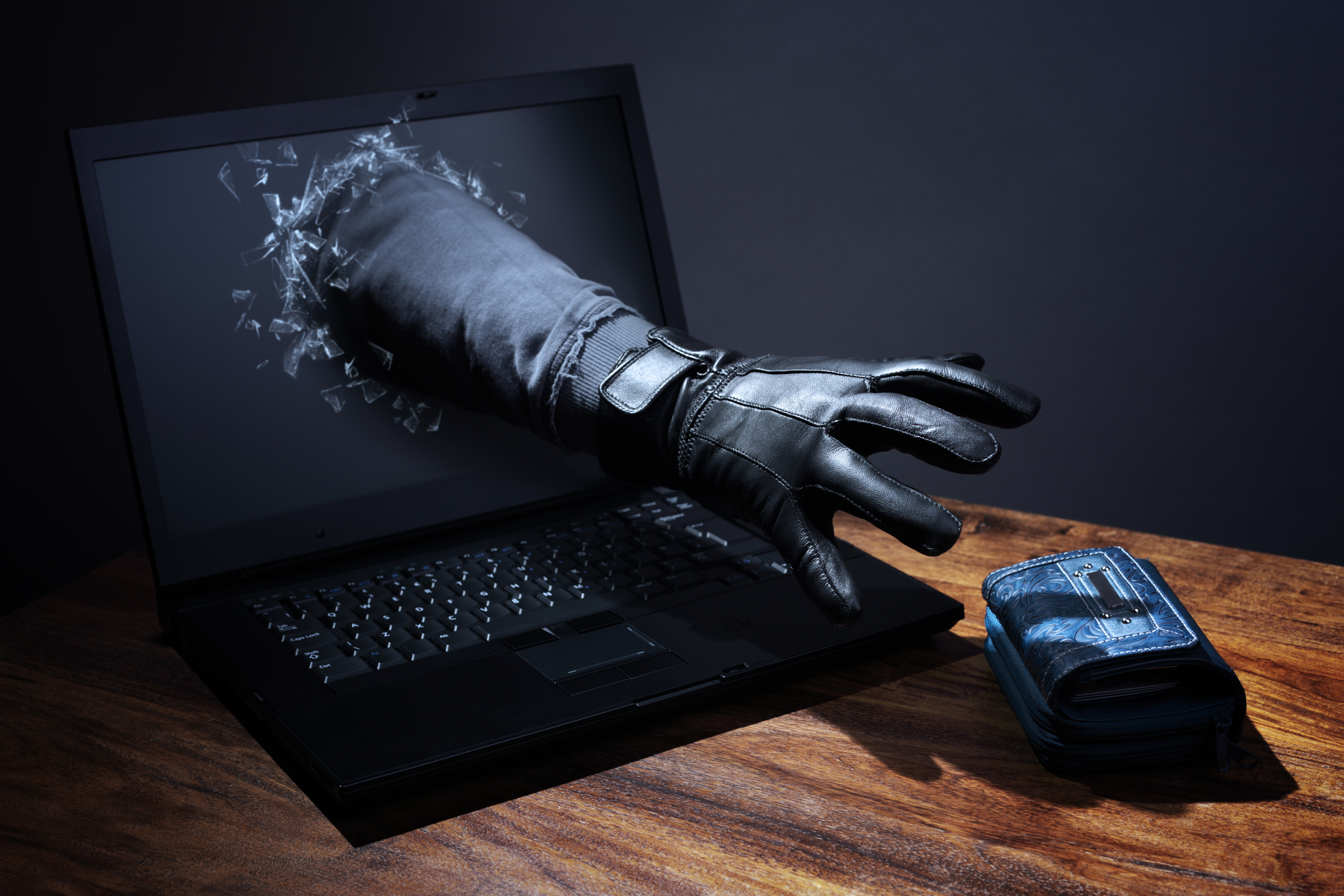Boo! It’s that time of the year when ghouls, ghosts, and hackers come out to play! Halloween is upon us, and what better way to celebrate than by exploring the spooky world of MFA (Multi-Factor Authentication) and 2FA (Two-Factor Authentication)? These security measures might not have the allure of vampires or the eeriness of a haunted house, but they are the guardians of your digital realm. So, grab your flashlight, prepare for a few scares, and let’s unravel the mystery of MFA and 2FA in a Halloween-themed adventure!
Chapter 1: The Ghost in the Machine
As the chilly autumn night set in, our story begins with a lone user sitting in front of their computer, blissfully unaware of the lurking danger in the digital darkness. Their online accounts were like a decrepit mansion, filled with valuable treasures that nefarious specters were eager to plunder. That’s when the mysterious MFA appeared on the scene, shrouded in cryptic codes and spooky symbols.
Chapter 2: MFA – The Watchful Guardian
MFA, our hero in this tale, stands for Multi-Factor Authentication. Imagine it as a guardian spirit, ensuring your digital safety. MFA demands not one, but two or more pieces of evidence before granting access. In the haunted mansion of your accounts, it’s like requiring both a skeleton key and a secret incantation to enter.
These factors often include something you know (like a password), something you have (like a smartphone or hardware token), and something you are (like your fingerprint or facial recognition). With MFA, even if an evil entity (a hacker) manages to guess your password, they’d still need that second piece of evidence, which is incredibly hard to obtain.
Chapter 3: 2FA – The Poltergeist Partner
While MFA encompasses a wide array of authentication methods, 2FA, or Two-Factor Authentication, is one of its spookier variations. Picture 2FA as a ghostly partner to MFA. It requires two distinct authentication factors and is a great choice for those who desire an extra layer of security without making their life too complicated.
In 2FA, the user typically enters their password (something they know) and then receives a one-time code on their smartphone (something they have). This code is like a magic spell, valid only for a short period. Even if a malevolent entity manages to snatch your password, they won’t have the ephemeral code needed to gain entry.
Chapter 4: The Haunting History
Our tale takes a spine-chilling twist as we delve into the history of these security measures. MFA and 2FA have been around for quite some time, haunting hackers’ dreams for decades. The concept of using multiple factors for authentication can be traced back to ancient times, with watchful guardians and mysterious symbols guarding entrances to secret chambers.
In the digital world, MFA gained popularity as a means to protect sensitive information, and 2FA followed suit, offering a convenient yet robust approach. The story of these spooky security measures proves that guarding your digital domain has always been a timeless pursuit.
Chapter 5: The Hackers’ Haunted House
Let’s not forget that the digital world is a haunted house of its own. Hackers, akin to mischievous poltergeists, constantly attempt to breach your accounts and wreak havoc. With Halloween as our backdrop, imagine the internet as a grand, dark mansion filled with valuable possessions, and hackers as ghosts in search of treasure.
However, MFA and 2FA, like mystical wards, keep these malevolent spirits at bay. They make it incredibly difficult for hackers to penetrate your accounts. It’s like putting up an impenetrable barrier around your digital valuables, rendering the ghosts’ efforts futile.
Chapter 6: The Thrills and Chills of Implementation
To implement MFA and 2FA, you’ll need to navigate through the cryptic settings of your accounts. Each service may have its own unique incantation, but the general process involves enabling the feature, linking your device (e.g., smartphone), and configuring it to work in harmony with your password.
While it may sound intimidating, implementing MFA and 2FA is less scary than facing a legion of spooky creatures on Halloween night. Once it’s set up, you’ll rest easy, knowing that your digital mansion is well-protected.
Chapter 7: A Halloween Offer You Can’t Refuse
To celebrate the spirit of Halloween and help businesses keep their digital estates safe, I’m offering a 30-minute call free of charge to discuss implementing MFA or 2FA. This is your chance to ward off the evil spirits of the digital realm and ensure that your treasure remains protected.
Just like a magical spell, implementing MFA and 2FA can be both empowering and mysterious. If you’re a business owner seeking to fortify your digital fortress, let’s have a chat. You can reach out to us at 310.975.4151 or enter our lair at your convenience by following the link at: http://go.scheduleyou.in/NMkcRxX , and together we’ll cast a spell of security over your online assets.
Conclusion: A Hauntingly Secure Future
As our Halloween-themed adventure comes to a close, remember that MFA and 2FA are the unsung heroes of the digital world. They may not wear capes or brandish swords, but they provide a formidable defense against the sinister forces lurking in the digital shadows.
So, embrace the power of multi-factor and two-factor authentication, and you’ll find that securing your digital kingdom is not just a Halloween tale; it’s a year-round necessity. Happy Halloween, and may your online adventures be spooky fun, but always secure!


